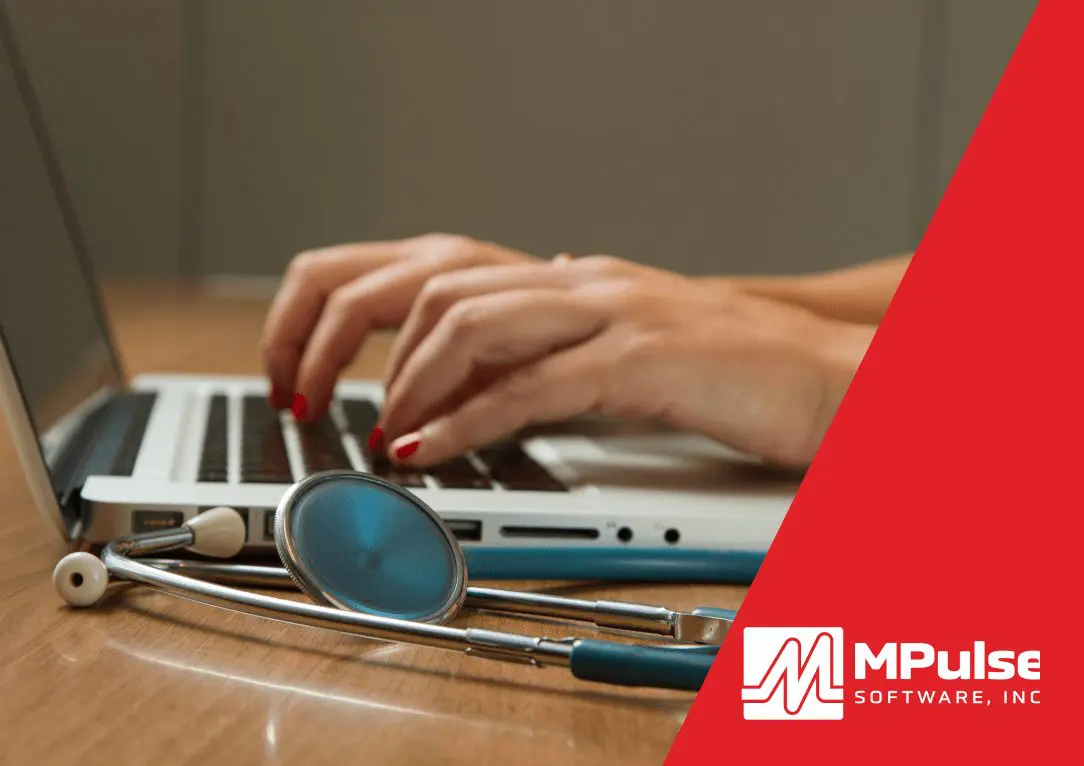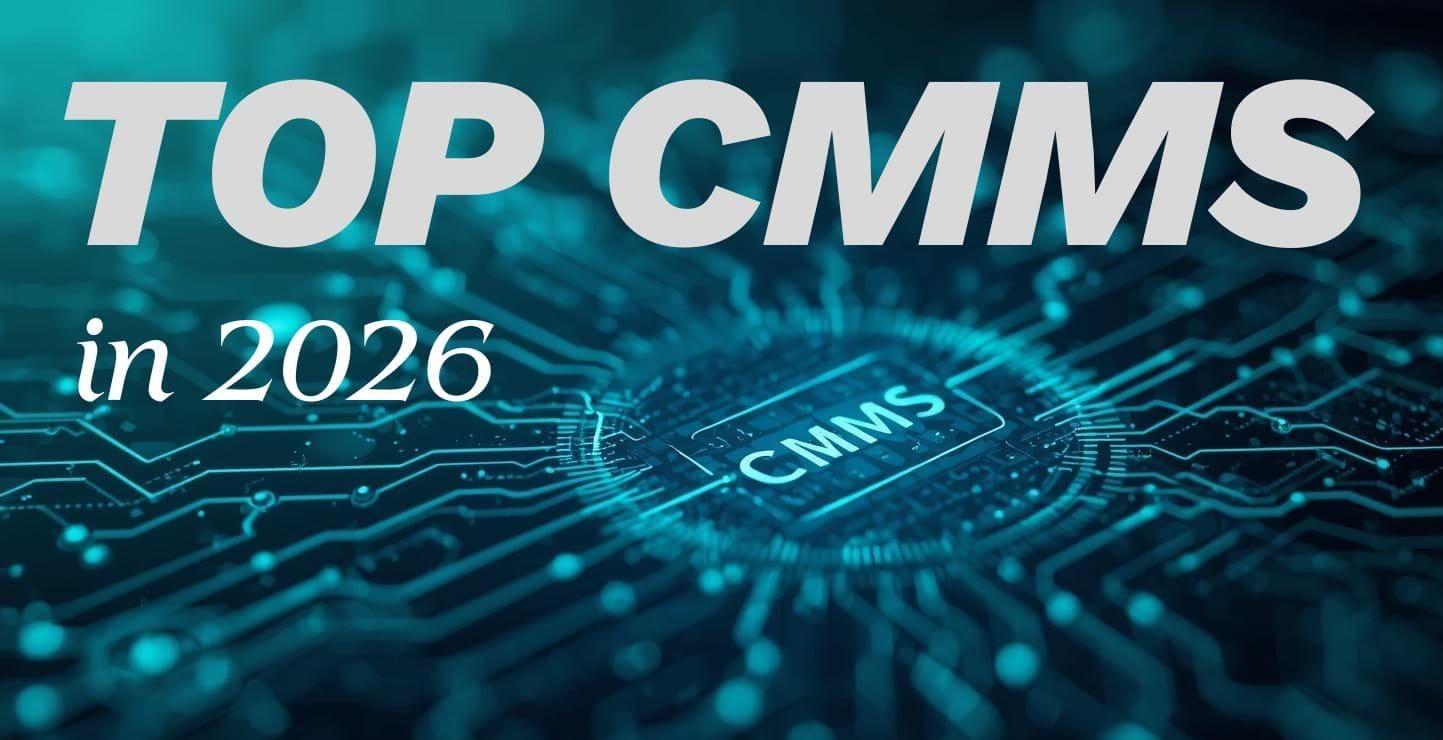Implementing CMMS in a healthcare facility, while immensely beneficial, can feel like a difficult undertaking. Making the necessary adjustments often introduce challenges and concerns that require careful planning and thoughtful responses.
However, healthcare CMMS drawbacks can be easily addressed with the right tools and resources. Here’s how.
Table of Contents
Concerns with Switching to a CMMS in Healthcare
Maintenance customers commonly cite the following six challenges of implementing CMMS in healthcare settings, including hospitals, laboratories, dental and eye care offices, pharmacies, and other organizations. Taking proactive steps to address each one can help you prevent complications that delay your CMMS implementation success.
#1: Data Migration and Integration
Successfully transitioning to CMMS relies on seamless data transfer and compatibility. However, migrating data from your existing systems and integrating the CMMS with other healthcare software can be complex and time-consuming. Plus, transitioning to a new system can temporarily disrupt workflows, causing more concerns about downtime and data access. Thoughtful planning and effective execution are essential to mitigate these complexities and to ensure a seamless transition that ultimately enhances healthcare maintenance management.
Luckily, CMMS data integration tools have opened up new possibilities for connecting software across various departments. As a result, healthcare organizations can now easily integrate CMMS with other systems, including accounting software, predictive maintenance monitors, building automation systems, and many others. For example, the MPulse DataLink Integration Adapter boasts compatibility with an extensive range of file and data exchange formats. With this capability, CMMS integration with spreadsheets, databases, ERP systems, accounting systems, PLCs, electronic meters, and more becomes both feasible and efficient.
#2: User Training
CMMS adoption issues in healthcare commonly stem from users who need to learn a new system or adapt to new workflows. Staff members need time to adapt to new processes and technologies, potentially affecting productivity. Technical proficiency among users can vary widely. Additionally, training personnel to effectively use your CMMS can present logistical challenges. Some employees also may resist the change, viewing it as an additional burden or fearing job displacement.
Overcoming resistance and gaining user acceptance is crucial for successful implementation. CMMS training helps individuals and organizations adapt to change more effectively. Formal training programs allow individuals to learn new skills and improve existing ones, whether they’re technical, soft skills, or specific to the industry. Proper training also helps your people perform better, which boosts productivity over time.
#3: Data Security and HIPAA Compliance
Healthcare facilities are subject to strict regulatory requirements. Organizations must ensure that patient data remains secure and compliant with regulations like the Health Insurance Portability and Accountability Act (HIPAA). Ensuring that any new software or workflows comply with these regulations is essential, particularly when it comes to maintaining audit trails and data reporting.
As a result, a CMMS must be configured and managed with strict security measures. That’s why MPulse supports SAML SSO, enabling its cloud-based CMMS software to integrate with security directories that determine who gets access to what computers, networks, applications, and services. No other third parties are required. Additionally, MPulse Role-Based Access Control helps you prevent unauthorized users from viewing or editing data, gain tighter control over data access, and eliminate unnecessary information.
#4: Customization Challenges with CMMS in Healthcare
Healthcare facilities have unique needs and workflows. Adapting software to meet these specific requirements typically requires customization, which can be costly and time intensive. To optimize efficiency and productivity, it’s crucial to have software customization options that allow you to tailor workflows, fields, and forms, thereby ensuring a seamless fit with your business processes.
Your CMMS should enable customizable workflow steps, statuses, and approval processes to align with your unique workflows and ensure seamless task management. The ability to add, modify, or remove fields to match your specific data requirements can improve data accuracy and completeness. Also customized forms will capture information specific to your workflows, making data entry more efficient and intuitive.
#5: Data Backup and Recovery
Healthcare facilities rely on continuous operation. Any downtime or system failures can disrupt business activities, potentially impacting patient care. In particular, losing digital records can be disastrous. Access to this information is vital when you’re suddenly faced with a crisis. As a result, adequate data backup and recovery measures should be in place to protect against data loss.
Set up your CMMS software to securely store all critical data in an off-site location, ensuring the safety and accessibility of vital information. Establishing secure methods enables your team to retrieve essential information as needed, even in situations where on-site access is limited or compromised. This data should include contact information for your employees, vendors, emergency response personnel, and other relevant stakeholders. This data is the cornerstone of effective communication and collaboration during emergencies or unexpected downtime.
#6: Scalability
Healthcare organizations grow and change over time. Any business software must be able to scale and adapt to new requirements without causing disruptions. Changes in the number of locations, employees, or service requesters can affect your current systems, which should adapt accordingly. Software scalability is cost effective because you can buy what you need when you need it.
You can’t predict these changes, yet CMMS software scalability ensures you are prepared when they happen. Whether it’s adding user licenses or expanding functionality, it’s more affordable to scale up your CMMS software instead of starting from scratch every time. Scalable CMMS software keeps you on top of the increased workload—whether it’s more equipment, additional production, new staff members, extra inventory, different safety procedures, etc.
Overcoming Resistance to CMMS in Healthcare
To address these common concerns, healthcare organizations should conduct thorough research, engage in comprehensive planning, involve key stakeholders, and work closely with their chosen CMMS vendor. Adequate training and support for staff during and after implementation are also crucial for a successful transition to a CMMS in healthcare environments.
Have questions? We have answers. Contact us. Or get your free trial of MPulse CMMS software.






